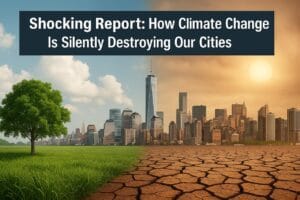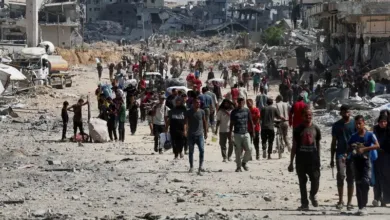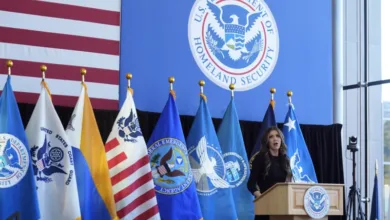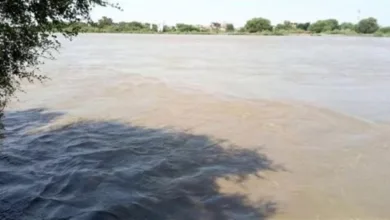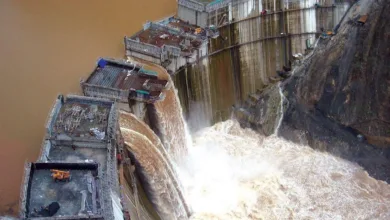World
Shocking Report: How Climate Change Is Silently Destroying Our Cities?
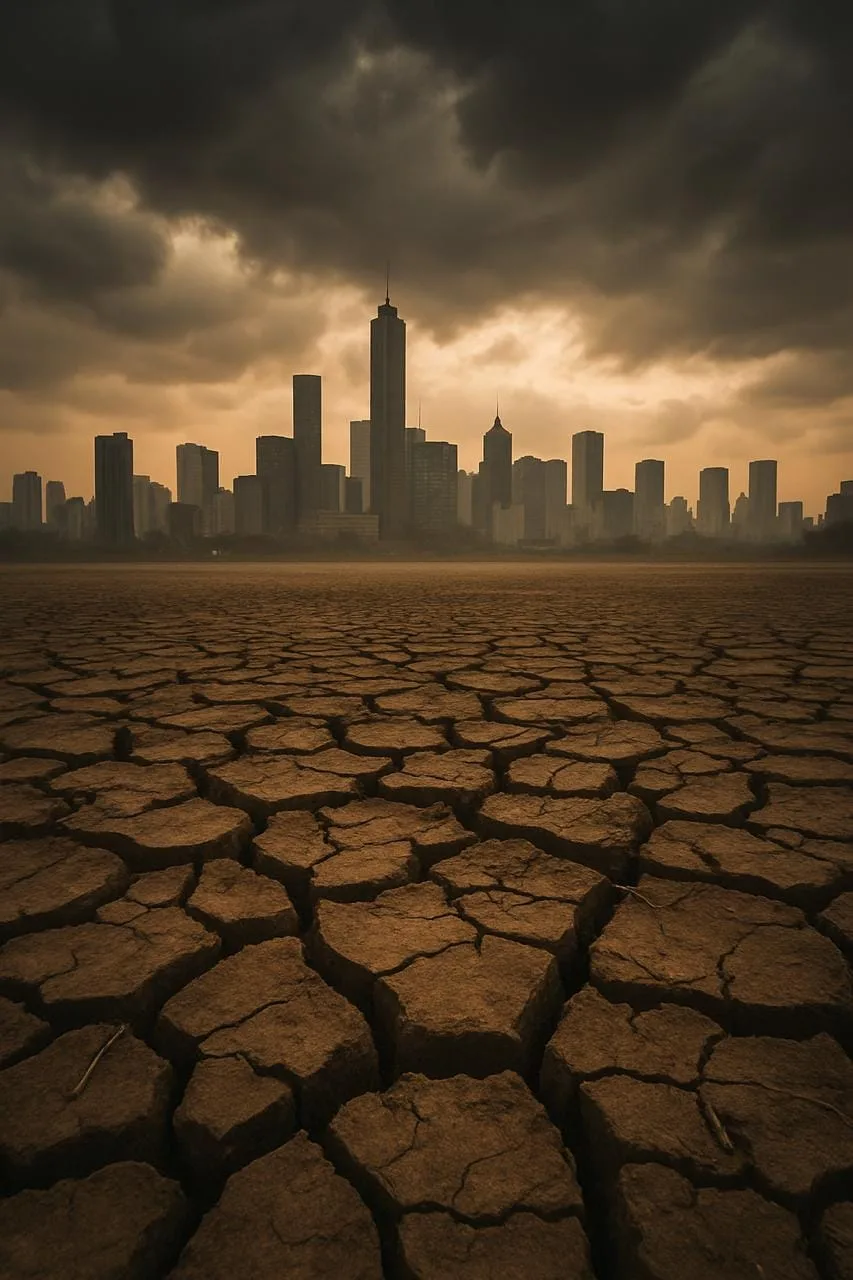
Climate Change Effects are no longer a distant worry—they are shaping our everyday urban reality. This shocking report explores the Urban Climate Crisis in depth, revealing exactly how climate change affects cities across America and Europe. From rising seas to searing heatwaves, this investigation uncovers the Climate Change Destruction that is obliterating infrastructure, displacing communities, and destabilizing economies—all without much public notice.
The Rising Tide: Sea Level Rise and Sinking Cities
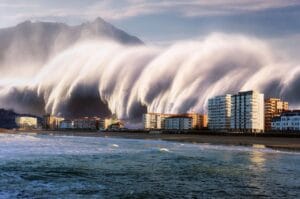
Many coastal cities face an existential threat. Sea level rise alone could submerge entire neighborhoods. By 2050, 150 million people could live below high tide lines, and as many as 1 billion could face annual flooding—especially in lowlying coastal zones . Cities like Mumbai, Jakarta, Guangzhou, and New York top the list of atrisk metropolises, with rising tides and sinking ground forming a deadly combination .
In the U.S., sea level rise threatens up to 20 million residents in greater New York alone by midcentury, as aging infrastructure and frequent flooding converge . This is Climate Change Effects in action, silently but steadily eroding urban foundations.
Intense Heatwaves & Heat Islands: Thermometers Rising
Across the U.S., 80% of cities now endure more frequent heat streaks—three or more consecutive days above the 90th percentile since 1970, averaging five more heat spikes per year in places like Nashville and Raleigh . The Urban Climate Crisis intensifies with the urban heat island effect: cities heating up nearly twice as fast as rural areas, amplifying heatwaves in places like Mumbai and beyond .
Millions of Americans are under heat alerts. Cities like Miami, Phoenix, Jacksonville, New York, and others are deploying new roles like “heat officers” and establishing cooling centers to cope with escalating threats .
Climate Whiplash: Alternating Extremes of Flood and Drought
A recent study of 112 major cities reveals dramatic climate swings—known as “climate whiplash”—blurring the line between deluge and drought. Nearly 95% of cities have shifted toward wetter or drier regimes; U.S. and European cities trend drier, while South/Southeast Asia become wetter .
This volatility seriously complicates urban planning and recovery: infrastructures built for one climate cannot withstand abrupt shifts. It deepens the Climate Change Destruction of vital services like water supply, sanitation, and transportation.
Infrastructure Under Siege: Collapsing Systems and Economic Damage
Cities were rarely built for these conditions. FEMA and EPA reports detail how extreme rainfall, floods, and storms overload aging sewer systems, wash out bridges, collapse roads, and disrupt energy grids . These climate change effects directly threaten transportation, utilities, and public safety infrastructure.
Flooding in urban zones can drown power plants, damage hospitals, and even compromise emergency response systems. In Houston during Hurricane Harvey, 300 000 customers lost power, highlighting how interconnected systems fail under climate stress .
Climate Gentrification: Displacement in the Name of Safety
A newer, darker trend is climate gentrification—where wealthier residents move to higher ground, displacing lowincome communities in both coastal and inland urban areas . As sea levels rise and flood risks mount, property values near safer elevations soar, forcing longtime residents out. This intensifies inequality and erases cultural communities.
In Miami, elevated neighborhoods have suddenly appreciated more than anywhere else in the U.S., triggered by fears of future flooding . This is part of the Urban Climate Crisis, showing that How Climate Change Affects Cities goes beyond physical damage—it reshapes populations.
Public Health & Social Vulnerabilities
Heat strokes, respiratory illness, and waterborne diseases increase as temperature and flood events rise. In Italy, climate hazards including floods and wildfires are causing roughly 1.6 billion euros in annual damages by midcentury, with thousands of deaths from heat and flooding .
In densely populated urban zones, social inequality worsens when poor communities are pushed into high-risk areas. Hurricane Katrina in New Orleans is a stark example: minority and low-income neighborhoods were hardest hit, while affluent areas remained relatively intact .

Global Realities: Examples from the U.S., Europe, and Beyond
In Europe, floods in Spain’s Valencia left over 200 dead, and widespread damage due to repeated inundations is exacerbated by political inaction and denialism .
In Asia, Indian cities face worsening heat and monsoon extremes. Urban expansion accelerates vulnerability, with infrastructure and wetlands sacrificed for short-term construction .
In China, recent flooding killed at least 38 people and displaced over 80 000, striking Beijing and Hebei with unprecedented rainfall and landslides .
Jakarta, sinking due to overpumping groundwater and sea level rise, is one of the first capitals threatened by climate destruction to consider relocating entirely .
None of these are isolated. According to IPCC and UNHabitat, more than 4 billion people now live in urban areas at elevated risk, and global damage from climate hazards is already measurable in trillions
Why This Matters: Economic & Moral Imperatives
Global economic losses due to climate change already exceed US $60–100 billion per disaster annually, with entire economies threatened if megacities collapse . Projects like New York’s “BIG U” show how costly and controversial adaptation can be, and climatedriven displacement leads to social fragmentation and rising inequality.
The Climate Change Effects we see today are happening now. The Urban Climate Crisis is no hypothetical scenario—it is how climate change affects cities globally, and the Climate Change Destruction is already underway.
Conclusion:
This Shocking Report: How Climate Change Is Silently Destroying Our Cities underscores a harsh truth: Climate Change Effects are not waiting—they are real. The Urban Climate Crisis is escalating, and we now know clearly how climate change affects cities—through rising seas, destroying infrastructures, intensifying heatwaves, and forcing displacement.
If we act now—with bold infrastructure investments, equitable planning, and global coordination—we may stave off the worst of this Climate Change Destruction. But delay will make adaptation costlier, and millions of city dwellers—especially in the U.S. and Europe—will suffer the consequences.
